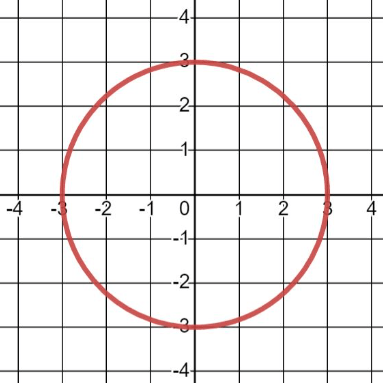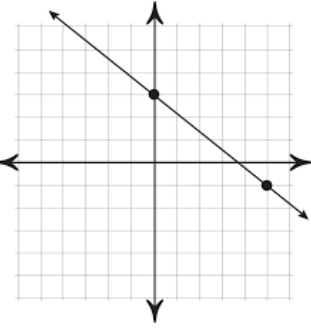Is the following relation a Function?
(1,3) (5,6) (4,2) (-4, 5) (0, 6)
It is a Function.
Evaluate the function f(x)=3(x+5)-17
when x=3.
f(3)=7
When you have a number that is being added or subtracted to INSIDE the parentheses, it's this kind of transformation.
Horizontal Translation
Horizontal Shift
Is the following Sequence Arithmetic?2,6,10,14,18,24,28,32
It is Not!
As time passes, the temperature during the day decreases. This describes THIS kind of Association.
Negative Association
Write the Domain and Range of the following relation.
(2,3) (5,-1) (-3, 9) (-4, 5) (0,1)
Domain: {-4, -3, 0, 2, 5}
Range: {-1, 1, 3, 5, 9}
Write the linear function for the data in the table.
x=3,4,5,6,7,8
y=12,15,18,21,26,29
This is not a Linear Function.
When you have a number being added to the entire output of the function, you get THIS kind of Transformation.
Vertical Translation/Vertical Shift
Write the recursive formula and find the first 5 terms with the following info.
a1=12, d=7
a1=12
an=an-1+7
12,19,26,33,40
The more time you study, the higher your grade could be. This describes THIS kind of Association.
Positive Association
Is the following relation a function? If so, is it One-to-One?
(7,5) (-4,5) (13, 13) (-9,-9) (2,8)
The relation is a Function, but is not One-To-One.
Sketch the graph of the linear function.
y=(5/2)x-3
Look at the board.
When you multiply the function by anything bigger than one, it is THIS kind of transformation.
Vertical Stretch
Write the explicit formula using the following recursive formula.
a1=8, an=an-1+15
No Association
Is the following graph a function?

It is not a function.
Write the linear function for the data in the table.
x: 0, 1, 2, 3, 4
y:-1, 4, 9, 14, 19
y=5x-1
Identify the transformations that happen from f(x) to g(x).
f(x)=x, g(x)=2x-4
Vertical Stretch by factor of 2
Vertical Shift 4 units down
Use the Explicit Formula to find the Recursive Formula.
an=3+6n
a1=9
an=an-1+6
As the x-values increase, the y-values decrease by 3 units each time. A linear relationship is modeled. What type of correlation does this describe?
Negative Correlation
Identify the Domain and Range of the following function.

Domain: All real numbers
Range: All real numbers
Evaluate the function f(x)=(-1/3)x+13
When x=-3.
f(-3)=14
Identify all of the transformations that occur from f(x) to g(x).
f(x)= x , g(x)=1/3(x+2)+5
Vertical Compression by factor of 1/3.
Horizontal Shift 2 units left.
Vertical Shift 5 units up.
Write the recursive Formula using the following Explicit Formula.
an=108-n
a1=107
an=an-1 -1
For the table below, determine the trend line and write its equation.
x: 2,4,6,8,10
y: 3,6,9,12,15
y=(3/2)x